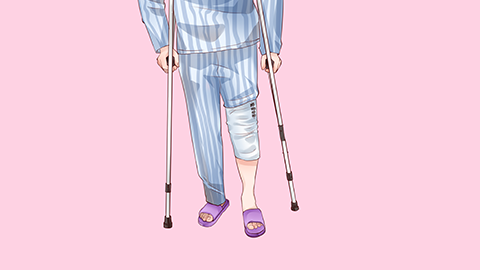Can I eat Rehmannia glutinosa after a fracture?
Patients with fractures can usually consume cooked rehmannia (Sh熟地黄), but should follow medical advice to ensure appropriate intake.

Cooked rehmannia is a commonly used traditional Chinese herb that has the functions of nourishing yin and blood, enriching the kidneys, and calming the mind. During the later stages of fracture healing, especially when entering the phase of callus maturation and bone remodeling, cooked rehmannia can help supply nutrients and promote bone regeneration and repair. For patients with weak constitutions or deficiency of blood and qi, moderate consumption of cooked rehmannia can aid in restoring physical strength and enhancing immune function. For patients experiencing symptoms such as anemia and insomnia after fractures, the nourishing and blood-enriching effects of cooked rehmannia can help alleviate these conditions and promote overall recovery.
Although cooked rehmannia is beneficial for fracture recovery, excessive use may accelerate blood circulation and cause heat-related reactions, such as facial flushing, dry mouth, and throat dryness. Therefore, usage should follow a physician's guidance to determine the appropriate dosage. As individuals differ in constitution and response to medication, it is advisable to consult a doctor or traditional Chinese medicine practitioner before using cooked rehmannia to determine whether one's constitution is suitable for this herb.
Additionally, attention should be paid to maintaining a balanced diet after a fracture, including increased consumption of foods rich in fiber, minerals, vitamins, and proteins. Spicy and stimulating foods should be avoided as they may interfere with the healing of the fracture site.




